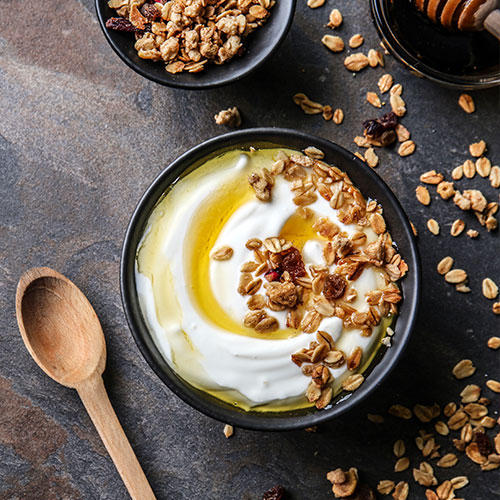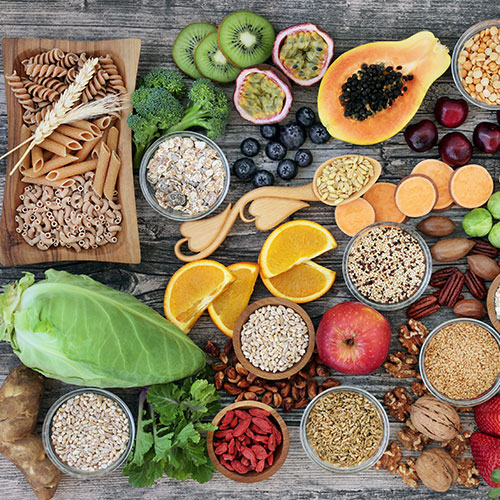
Probiotics 101:
What Are Probiotics, Sources of Probiotics & Benefits
Author: be well™ with Big Y® Registered Dietitian Team
A healthy gut is a happy gut. And research indicates a happy gut comes from helpful gut microbes¹.
Much research is underway looking at how one’s microbiome impacts overall health and well-being—including gut health. You may be thinking: A micro-what?
Your microbiome consists of coexisting “good” and “bad” bacteria, viruses, fungi and parasites in your digestive tract. Scientists believe the balance of “good” and “bad” microbes is impacted by genetics, food choices, medications, the environment and lifestyle behaviors.²
Eating foods with beneficial live microbes, called probiotics, is a tasty way to expand your palate while adding more helpful microbes to your gut. These little microbes love to be fed, too. So be sure to enjoy fiber-rich, prebiotic foods daily as well.
Eat Your Microbes

Which foods contain probiotics? Some fermented dairy products like yogurt, Kefir (a dairy beverage similar to yogurt smoothies) and cultured cottage cheese and fermented non-dairy products like kombucha (tangy fermented tea), sauerkraut and kimchi provide beneficial microbes.
For greatest impact on your health, reach for fermented products, such as particular brands of yogurts and Kefir, containing specific strains of microbes studied for their benefits.
Feed Your Microbes

Gut bacteria like to eat “prebiotic” starches obtained through foods such as pulses (dried beans, peas, lentils and chickpeas), fruits, like bananas and apples, vegetables, such as artichokes, onions, garlic and leafy greens and whole grains, such as oats.
Enjoy the prebiotic power of each by weaving beans and veggies into stews and soups, adding a serving of fruit with each meal and aiming for whole grains most often when choosing cereals, breads, crackers and pasta.
1 Valdes, Ana M et al. Role of the gut microbiota in nutrition and health. BMJ 2018; 361:k2179. https://www.bmj.com/content/361/bmj.k2179. Accessed January 15, 2020.
2 Harvard T.H. Chan School of Public Health. The Nutrition Source: The Microbiome. https://www.hsph.harvard.edu/nutritionsource/microbiome/. Accessed February 25, 2021.
Reviewed 4/11/2022


